Species Photo Gallery for Cyrtolobus funkhouseri No Common Name 30 |
 | Photo by: Scott R Bolick
Montgomery Co.
Comment: |  | Photo by: Scott R Bolick
Montgomery Co.
Comment: |
 | Photo by: Scott Bolick
Guilford Co.
Comment: |  | Photo by: Scott Bolick
Guilford Co.
Comment: |
 | Photo by: Scott Bolick
Guilford Co.
Comment: | 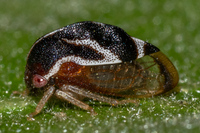 | Photo by: Scott Bolick
Guilford Co.
Comment: |
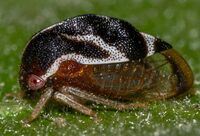 | Photo by: Scott Bolick
Guilford Co.
Comment: | 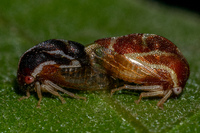 | Photo by: Scott Bolick
Guilford Co.
Comment: |
 | Photo by: Scott Bolick
Guilford Co.
Comment: | 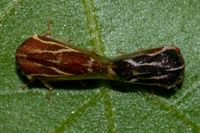 | Photo by: Scott Bolick
Guilford Co.
Comment: |
 | Photo by: Scott Bolick
Guilford Co.
Comment: |  | Photo by: Scott Bolick
Guilford Co.
Comment: |
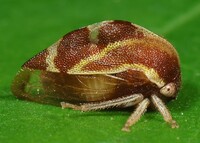 | Photo by: Rob Van Epps
Mecklenburg Co.
Comment: |  | Photo by: Rob Van Epps
Mecklenburg Co.
Comment: |
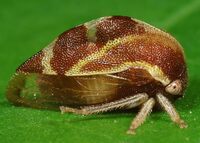 | Photo by: Rob Van Epps
Mecklenburg Co.
Comment: |  | Photo by: Scott Bolick
Guilford Co.
Comment: |
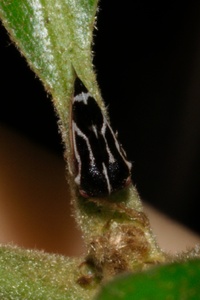 | Photo by: Scott Bolick
Guilford Co.
Comment: |  | Photo by: Scott Bolick
Guilford Co.
Comment: |
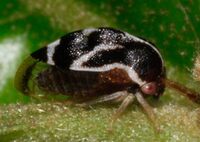 | Photo by: Scott Bolick
Guilford Co.
Comment: | 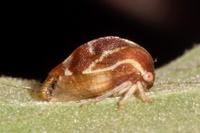 | Photo by: Scott Bolick
Montgomery Co.
Comment: |
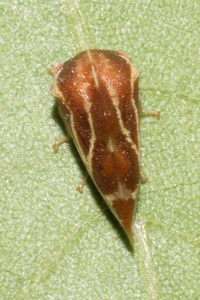 | Photo by: Scott Bolick
Montgomery Co.
Comment: | 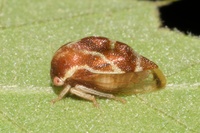 | Photo by: Scott Bolick
Montgomery Co.
Comment: |
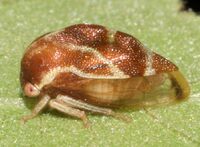 | Photo by: Scott Bolick
Montgomery Co.
Comment: |  | Photo by: Scott Bolick
Montgomery Co.
Comment: |
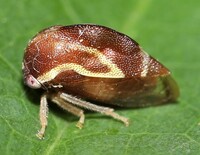 | Photo by: Rob Van Epps
Mecklenburg Co.
Comment: Suburban yard near woods. |  | Photo by: Rob Van Epps
Mecklenburg Co.
Comment: Suburban yard near woods. |
 | Photo by: Rob Van Epps
Mecklenburg Co.
Comment: Suburban yard near woods. | 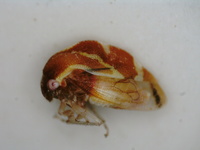 | Photo by: Tracy S Feldman
Durham Co.
Comment: unid_treehopper |
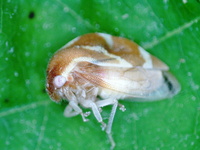 | Photo by: Tracy S Feldman
Durham Co.
Comment: unid_treehopper |  | Photo by: Tracy S Feldman
Durham Co.
Comment: ID supported by M. Rothschild; matches diagrams in Kopp & Yonke 1973 |
|

 »
»
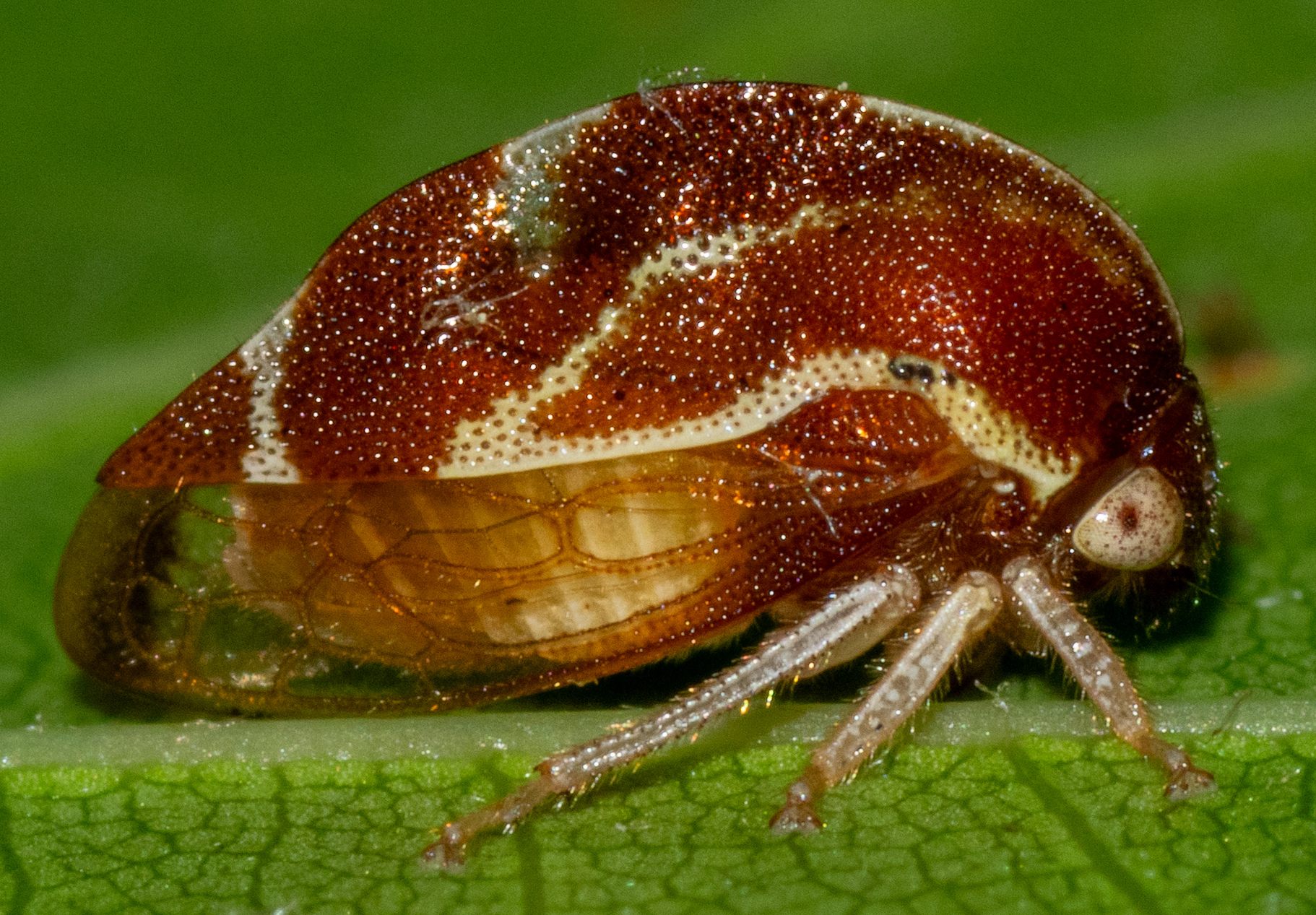
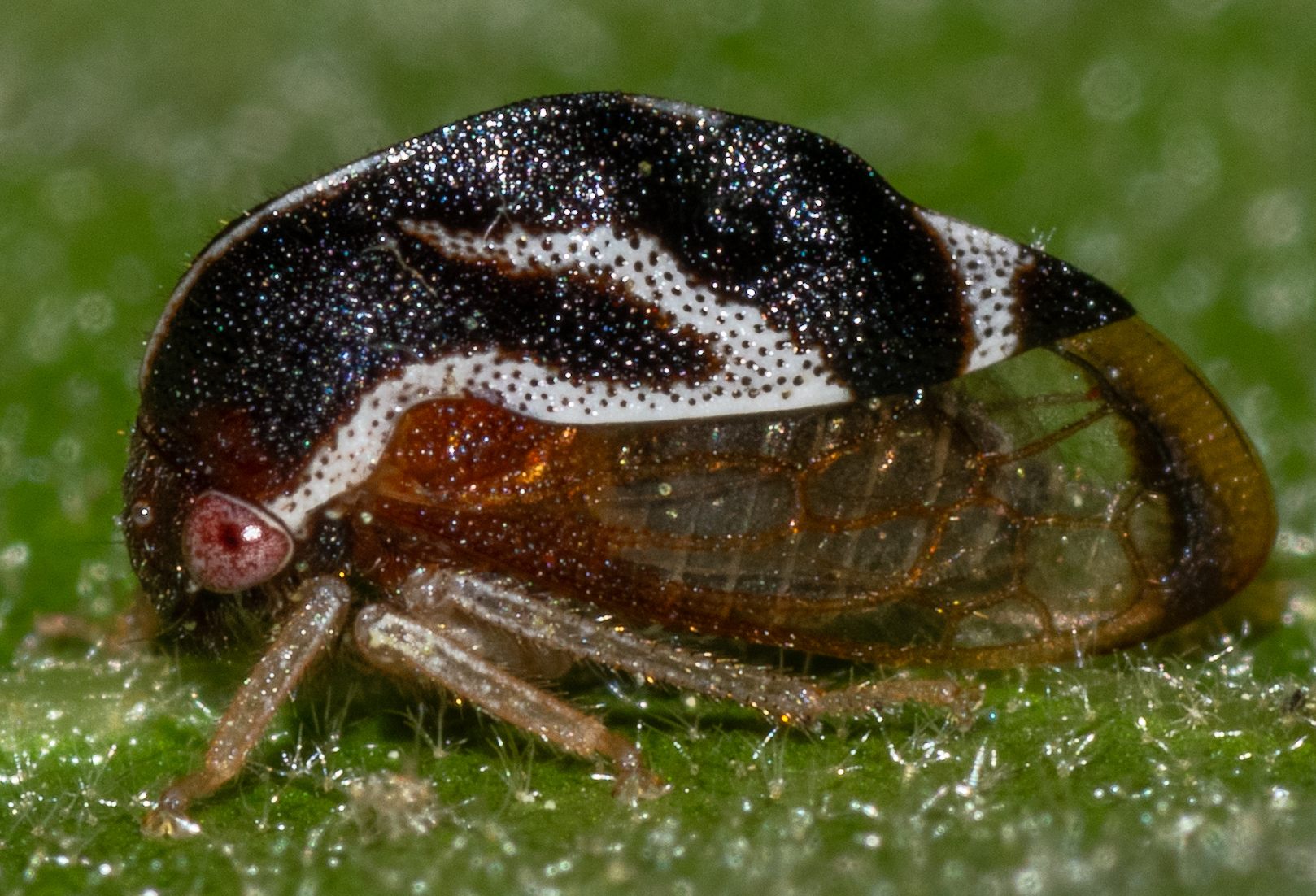
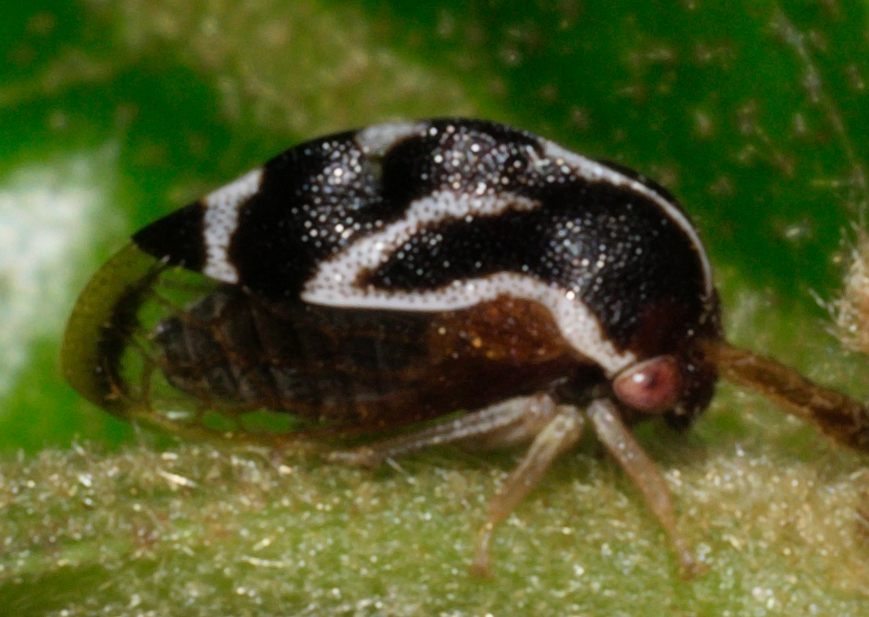

 »
»


